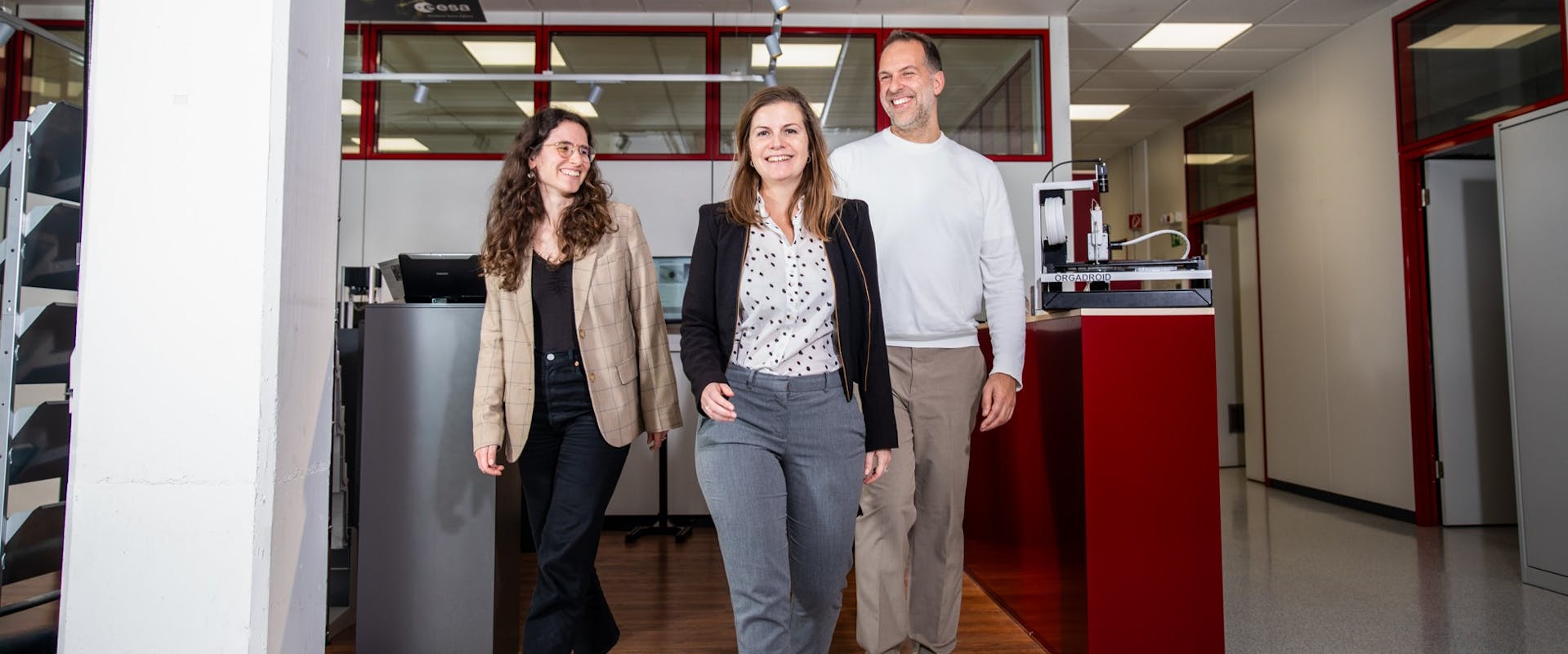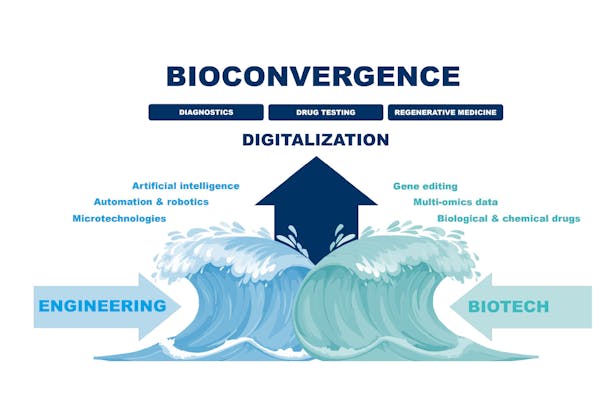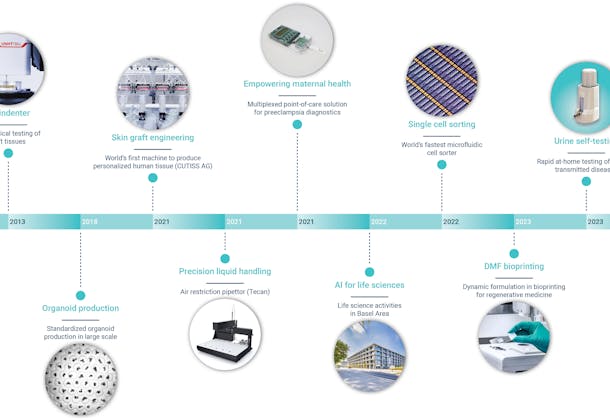20 janvier 2025
The next revolution in drug development comes from central Switzerland
(Article disponible en anglais et allemand uniquement)
Switzerland is known for being a hub of innovation, and the ACCELERATE program by CSEM exemplifies this spirit. The initiative provides the tools, guidance, and resources start-ups need to bring their ideas to life. Among these success stories is Visienco, a start-up that has recently moved into Technopark Lucern. Here, they are perfecting a device using mini-organs to transform the future of drug development.

© CSEM - The Visienco team, composed of Lucie Jandet, Edwige Guinet, and Jonas Goldowsky, based at Technopark Lucerne, is working to enhance efficiency and precision in drug development with their technology—an important step toward more sustainable research.


